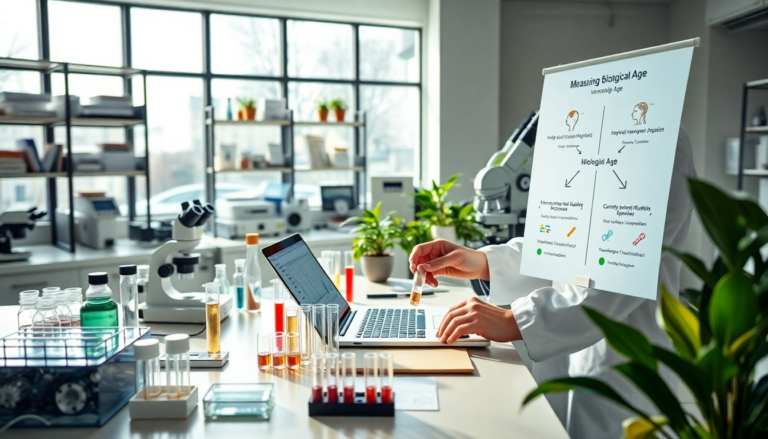Argomenti trattati
Recently, the concept of biological age has captured the spotlight in the health and wellness community. But what exactly is biological age? Unlike chronological age, which simply counts the years since you were born, biological age offers a glimpse into how well your body is functioning compared to your actual age. Researchers at Stanford University have developed a groundbreaking tool that accurately measures biological age, shedding light on an individual’s health status and potential longevity. Curious about how this innovation could change our approach to health? Let’s dive into its implications, its role in preventive health, and how it might shape future health assessments.
What is biological age and why does it matter?
So, what determines biological age? It’s based on various biomarkers that indicate your body’s physiological state. These markers can include inflammation levels, metabolic function, and the overall condition of different organs. Understanding biological age is essential because it provides a more nuanced view of health than just looking at chronological age. For example, two people the same age on paper could have vastly different biological ages due to their lifestyle choices, genetics, and environmental factors. Isn’t it fascinating how such disparities can affect health risks, disease progression, and even longevity?
Measuring biological age empowers individuals to take proactive steps toward improving their health. By pinpointing key areas where one might be aging more quickly biologically, targeted interventions can be implemented to counteract these effects. This could involve lifestyle changes like adopting a healthier diet, boosting physical activity, and managing stress—all of which have been shown to positively influence biological age.
The Stanford research and its implications
The recent Stanford research aims to refine how we measure biological age through a new tool that integrates various health metrics. This innovative approach offers a holistic overview of an individual’s health, paving the way for more personalized health recommendations. The researchers emphasize that the ability to measure biological age could revolutionize our approach to preventive healthcare. How does that sound?
With this tool, healthcare providers can tailor interventions based on an individual’s biological age instead of just their chronological age. This shift could foster more effective health strategies that cater to each patient’s unique needs, ultimately improving health outcomes and quality of life. Moreover, insights from biological age assessments may deepen our understanding of aging processes and reveal new avenues for research in longevity and disease prevention.
Future trends in health monitoring and assessment
As technology continues to advance, integrating biological age measurement into routine health assessments is likely to take off. This trend could revolutionize our perception of aging, shifting the focus toward maintaining health and vitality rather than merely treating diseases as they arise. How exciting is that?
Additionally, the potential for wearable technology and mobile health applications to include biological age metrics opens new doors for personal health monitoring. Imagine receiving real-time feedback on your health status, allowing you to make timely adjustments to your lifestyle choices and health behaviors!
In conclusion, the groundbreaking work being done at Stanford represents a significant leap forward in our understanding of biological age and its relevance to health. As we delve deeper into these innovative measurement tools, the implications for preventive health and personalized medicine will be profound, paving the way for healthier, longer lives. Are you ready to embrace the future of health assessments?

